Western Ideas of Female Beauty Have Changed Radically in the Last 75 Years
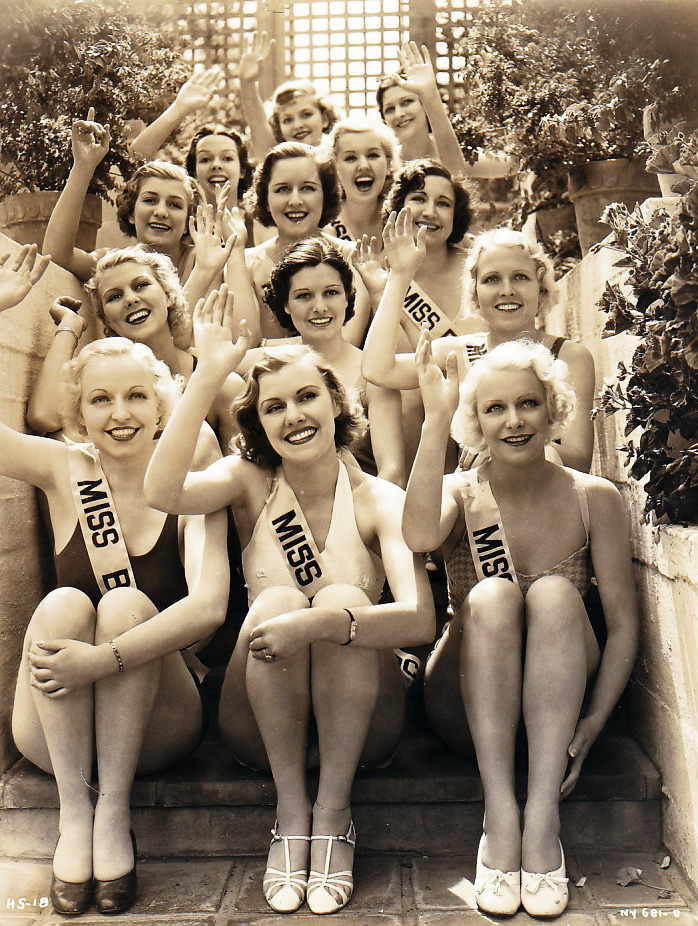 In the US (and, for the most part in Western Europe too), the first criteria of beauty was whiteness.
In the US (and, for the most part in Western Europe too), the first criteria of beauty was whiteness.
 In the US (and, for the most part in Western Europe too), the first criteria of beauty was whiteness.
In the US (and, for the most part in Western Europe too), the first criteria of beauty was whiteness.
All models in mainstream publications until the 1959 were white. The first person to break this rule was China Machado but she was very much the exception.
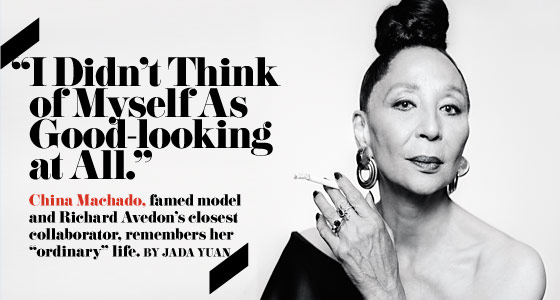
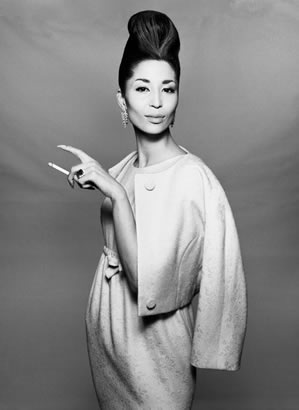
Machado (1929-2016) was born Noelie Dasouza Machado, in Shanghai. She had an extensive career in modeling, as the fashion editor of Harper's Bazaar as a TV producer, costume designer. Machado was extremely talented but her success was made possible because she caught the eye of the popular fashion photographer Richard Avedon (1923-2004). Avedon called her "probably the most beautiful woman in the world" and his pictures of her were integral to her fame. However, this is what Machado said of herself: "I never thought I was good-looking in any way, shape or form, because Vivian Leigh and Lana Turner and Ava Gardner and Rita Hayworth I thought were beautiful, I didn't look like them, so I thought I can't be good-looking, right?" You can read the article that quote is taken from here.
When Black people began to be shown as models, most of those chosen "looked white."
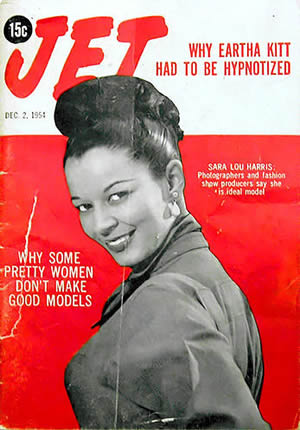
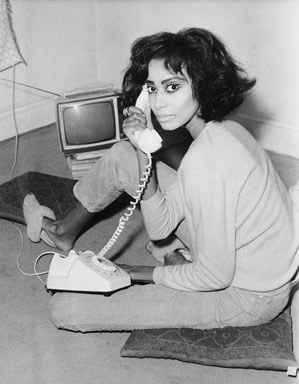
Above: Sara Lou Harris (1926-2016) and Donyale Luna (1945-1979)
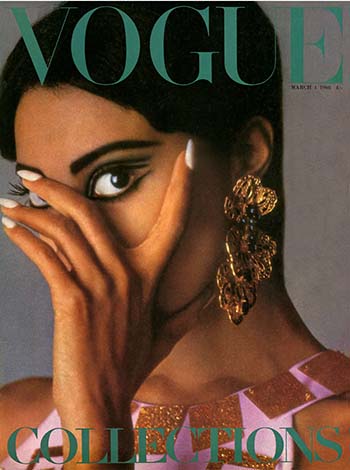
Donyale Luna on the cover of British Vogue in 1966 (she wasn't allowed to be on the cover of the American edition). Note that she's portrayed as racially ambiguous. Luna became a cultural and style icon of her era. Like so many African Americans of the early and mid 20th century, she fled to Europe where opportunities were far greater and every day persecution far less than in the United States. Although this didn't free her from racial stereotyping, it did open social and artistic possibilities for her. She moved in high social circles and was a particular intimate of Salvador Dali who painted her. She worked with Richard Avedon, Andy Warhol, Michelangelo Antonioni, and Frederico Fellini, some of the most influential artists and filmmakers of her time. It was an era of drugs... and she did plenty of them. She died of a heroin overdose in 1979.
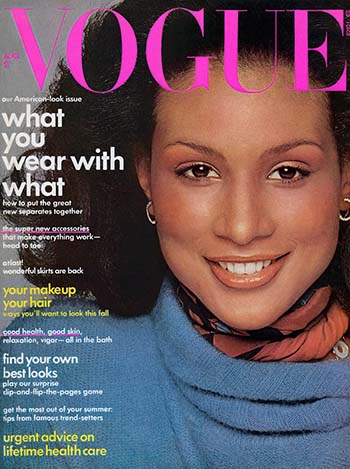
It was most of another decade before an African American appeared on the cover of the American edition. That was Beverly Johnson (1952-) in 1974. Also, incidentally, she was one of the women who accused Bill Cosby of drugging them.
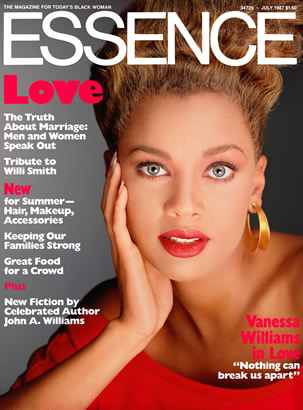
Vanessa Williams (1963-). First African-American Miss America, 1984. She was forced to resign after Penthouse published unauthorized nude photos of her. Despite this she went on to a long, successful career in music, TV, etc. She received official apology from the pageant in 2016 (and served as head judge for the pagent that year). And, hey, we were at Syracuse University together in the early 1980s (not that I ever even saw her).
Looking at the pictures of white stars and models below we see both continuity and change. The very skinny models of the early 2000s would probably not have been considered "sexy" in the first half of the 20th century.
Wallis Simpson (1896-1986, who became the wife of England's King Edward VII, who abdicated after marrying her) allegedly said "You can never be too rich or too thin." However, from the early to mid 20th centuries, many women were precisely concerned that they were too thin. A wide variety of beauty products became available to help them gain weight fast. Before you look at the models below, here are some advertisements for these products:
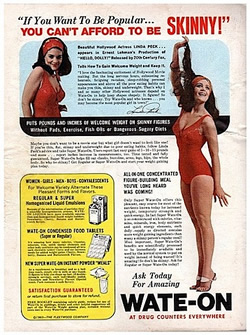
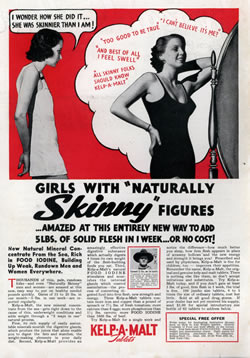
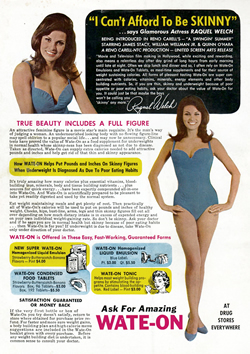
BTW, The woman in the advertisement on the far left is Linda Peck, an actress who had some popularity in the 1960s. Raquel Welch (1940-2023), is the woman in the advert on the far right. She was one of the most famous "pin-up" girls of the 1960s (and had a long and far more successful career in Hollywood). She seems to have done this ad in the mid 1960s. That was really the end of this era. By the 1970s, ads for feminine weight gain products had virtually disappeared. Wate-On, the product advertised, is made from brewer's yeast. It's still available at drug stores in Nigeria and in several other places.
Here are some movie stars and models from the early 20th century through the early 21st (again, all white until the last couple...)
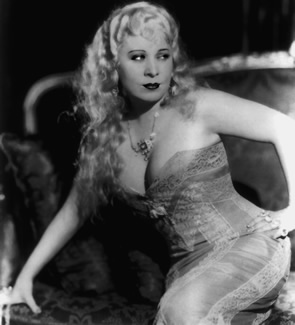 Mae West (1893-1980). West was, in her day, considered a large woman...however she was also a sex symbol. West said (among many other things): "You only live once, but if you do it right, once is enough."
Mae West (1893-1980). West was, in her day, considered a large woman...however she was also a sex symbol. West said (among many other things): "You only live once, but if you do it right, once is enough."
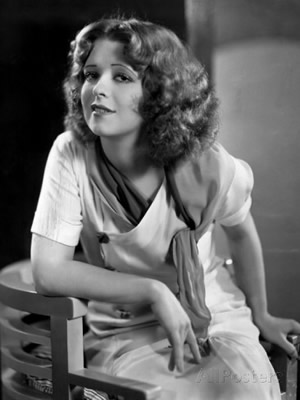 Clara Bow (1905-1965)
. Bow was a star of silent movies and came to be the personification of sexiness in the 1920s. She was called "The 'It' Girl," 'It' being vivacious sexuality. She retired from acting in 1931.
Clara Bow (1905-1965)
. Bow was a star of silent movies and came to be the personification of sexiness in the 1920s. She was called "The 'It' Girl," 'It' being vivacious sexuality. She retired from acting in 1931.
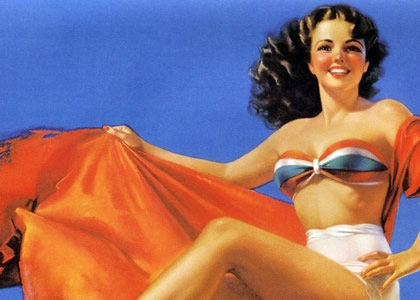 Zoe Mozert (1907-1993)
Zoe Mozert (1907-1993)
Mozert was both artist and model. She's known for her "Victory Girls" series of WWII pinups.
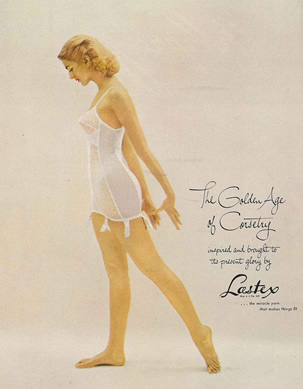 Carmen Dell'Orefice (1931-) had an extraordinary career. She began modeling in 1946 and worked well in to her 80s. This picture is from the 1950s.
Carmen Dell'Orefice (1931-) had an extraordinary career. She began modeling in 1946 and worked well in to her 80s. This picture is from the 1950s.
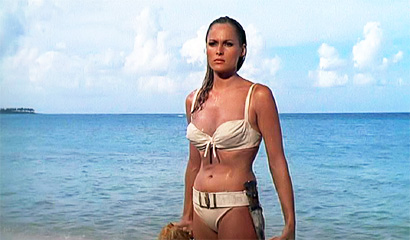 Ursula Andress (1936-) Here she's Honey Ryder in the Bond Film Dr. No (1962).
Ursula Andress (1936-) Here she's Honey Ryder in the Bond Film Dr. No (1962).
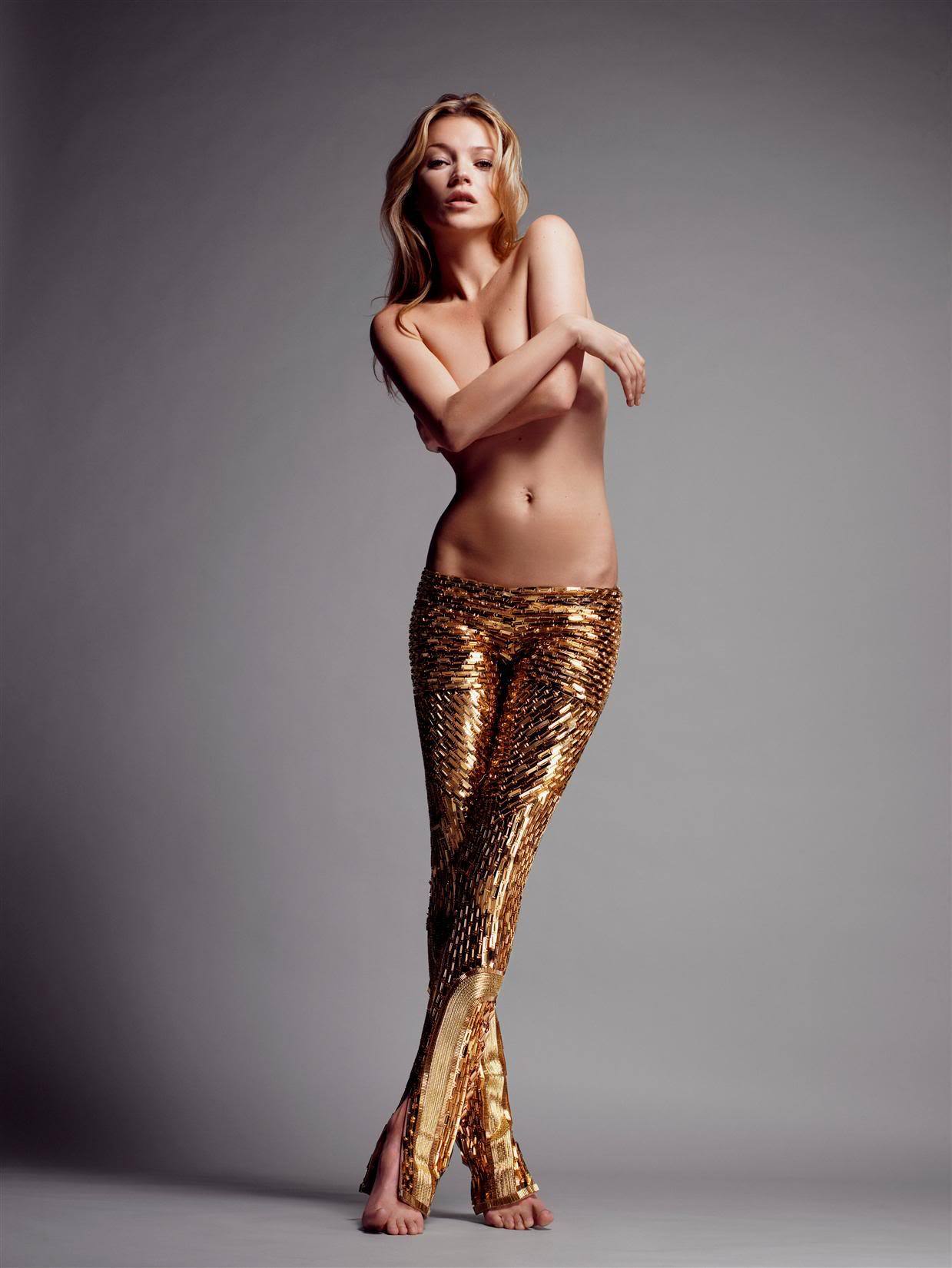 Kate Moss (1974-).
Kate Moss (1974-).
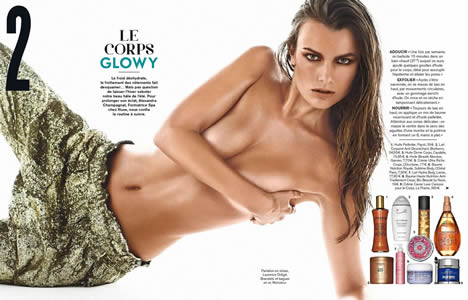 Filipa Hamilton (1985-). Hamilton was involved in a dispute with Ralph Lauren in 2009. She claimed she was fired because she was too fat. Ralph Lauren had altered an ad image of her to make her appear thinner. They later apologized for this.
Filipa Hamilton (1985-). Hamilton was involved in a dispute with Ralph Lauren in 2009. She claimed she was fired because she was too fat. Ralph Lauren had altered an ad image of her to make her appear thinner. They later apologized for this.
By the early and mid 2000s, there was substantial backlash to the images of the ultra-thin model. Probably the most widely publicized was the Dove Real Beauty campaign. This image is from 2016.
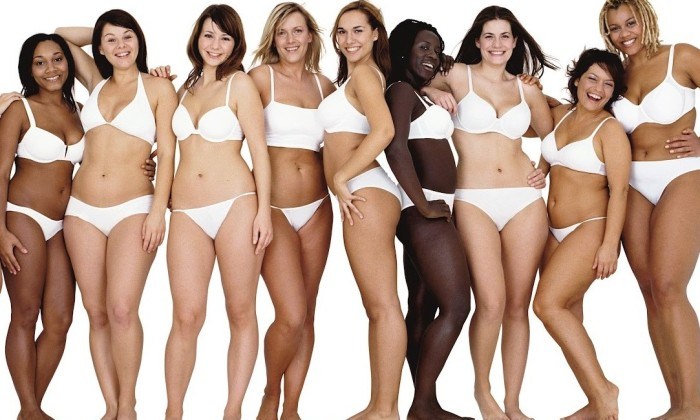
In the fashion industry, there was definitely a move toward more multi-cultural models, but the "body positive" movement of the 2010s was short-lived and pretty shallow. The standard remained pretty seriously thin. Here are Vogue's top models of spring 2020:
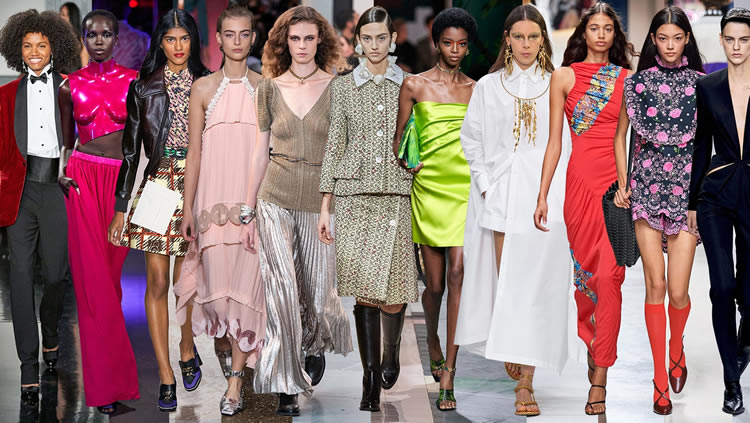
And, then, of course, there is Lizzo, who started as heavy and proud and is moving toward thinner and thinner.
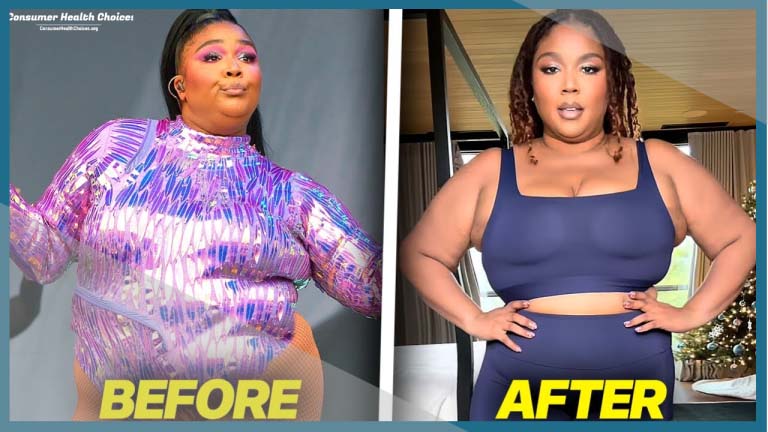
Next: Love, Sex, and Marriage